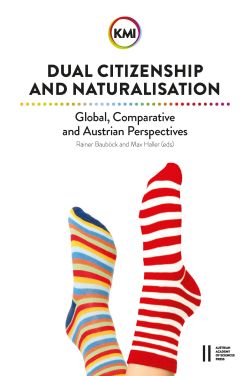
Dual Citizenship and Naturalisation. Global, Comparative and Austrian Perspectives, pp. 81-96, 2021/05/05
Global, Comparative and Austrian Perspectives

Dual citizenship was once the bane of states and individuals. Today, a clear majority of states accept the status and it has become commonplace. The shift reflects changes in the nature not only of national identity but also of the individual’s relationship to the state and to the world. States have almost no remaining incentive to police dual citizenship at the same time that individuals often have incentives, sometimes substantial ones, to secure it. This chapter first recounts how dual citizenship came to be normalised. It then considers how the COVID pandemic might impact on dual-citizenship opportunity structures. Although COVID may diminish the instrumental value of dual citizenship for purposes of third-country mobility privileges, it highlights the core benefit of admission rights into the country of additional nationality. Dual citizenship now becomes a kind of global health insurance as well as a way to protect mobility rights, even for those already holding premium passports. For transnational elites, these newly surfaced advantages will magnify incentives to secure investment citizenship. Others will be motivated to avail themselves of ancestral and other forms of strategic citizenship. States, meanwhile, are unlikely to see serious new costs to pre-COVID citizenship practices. Demand for dual citizenship is thus likely to rise while remaining broadly available.